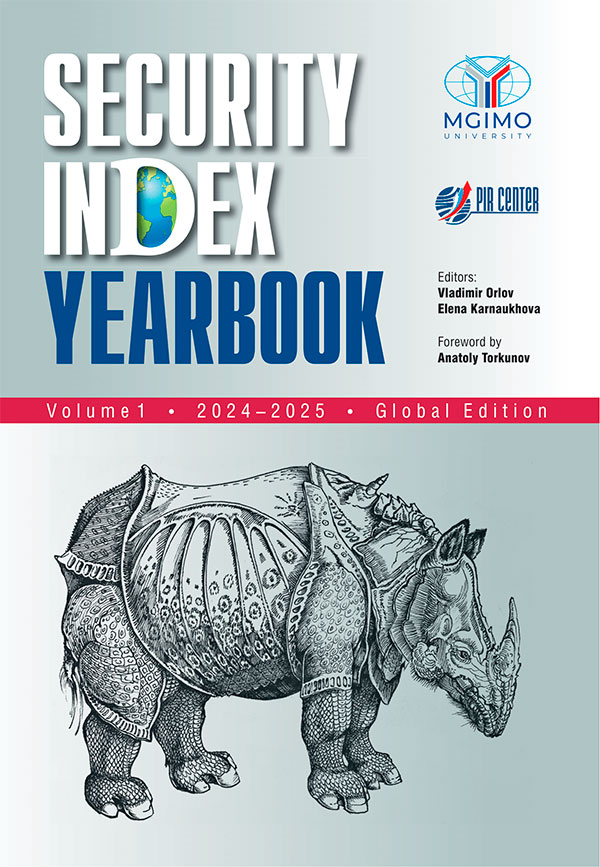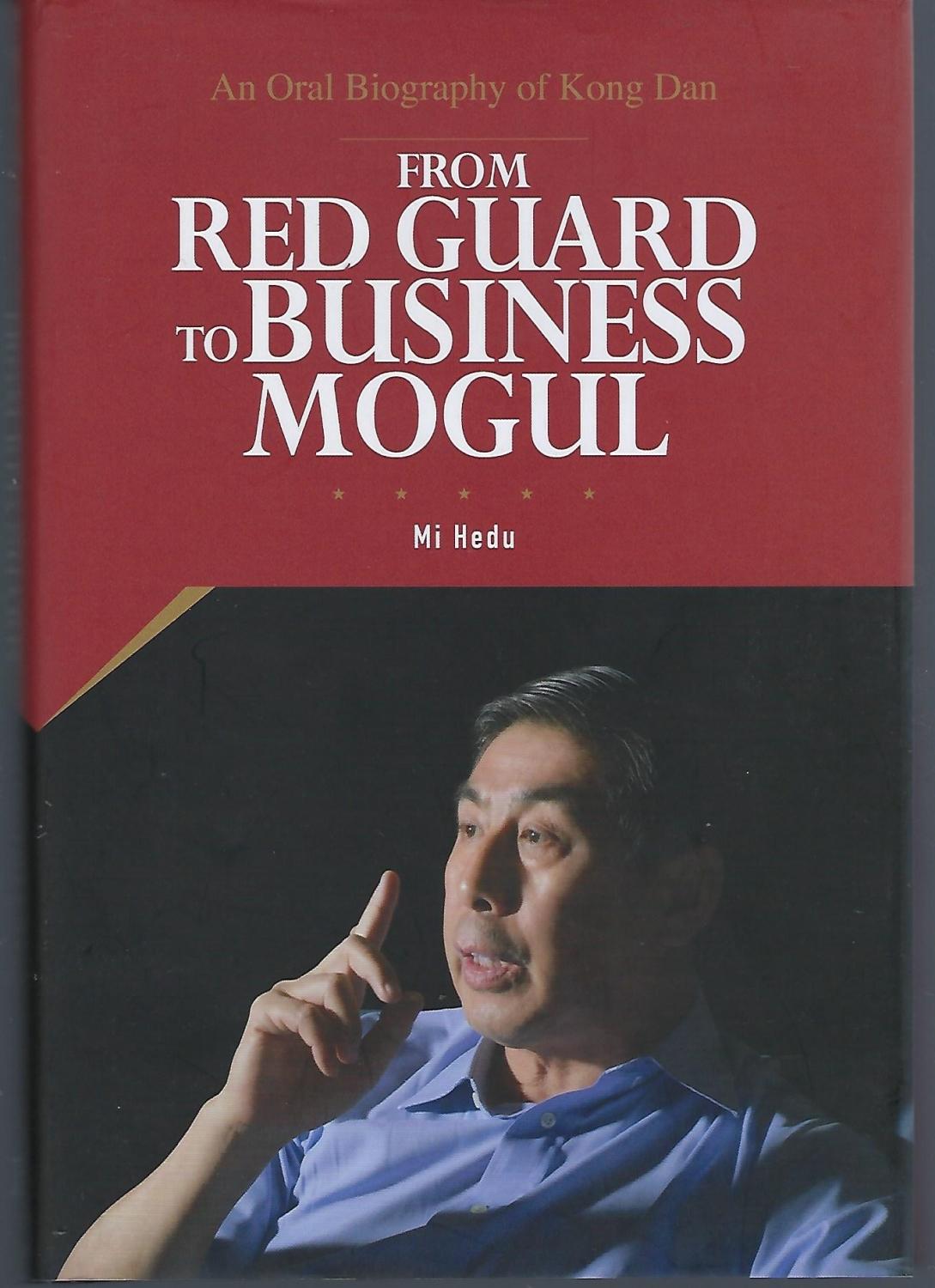... such high losses of both the Soviet Union and China were caused primarily by an extremely high level of civilian deaths resulting from an unprecedented cruelty of invaders that they demonstrated in our two countries. The massive war crimes committed by Japanese in China were in no way less atrocious than crimes committed by Nazis in the USSR. We in Europe know a lot about Auschwitz or Buchenwald, but we know much less about the Nanking massacre or about chemical and biological attacks on civilians conducted by ...
...
Almost 17 years ago, Russian Foreign Minister Sergey Lavrov
pointed out
that the intensive deployment of the theater missile defense system in the Asia Pacific calls global strategic stability into question, because it could be used against Russia and China. In 2018, the head of Russian diplomacy insistently
urged
Japan to enter into a dialogue about the U.S. plans to create a global missile defense system to prevent violation of Russia’s interests, in accordance with the principle of indivisible security. However, none has seen fit to respond to Russia’s well-grounded ...
... Military Cooperation Pushes More Rigid Bipolar Security Arrangement in Northeast Asia
Northeast Asia is an independent region from the socio-economic standpoint rather than from the political perspective. All actors, despite the current difficulties in Japan-China and Russia-Japan relations, stick to the established ties in different areas. Due to the specifics of its political regime and restrictions imposed by the UN Security Council as well by Tokyo and Seoul unilaterally, the DPRK is not heavily involved ...
... Sun-nam stated in August, but who starts it and when.
Let's be clear: Pyongyang is much more sensitive about its sovereignty and independence than both Tokyo and even Seoul. This means that North Korea will never become an obedient proxy in Russia's or China's capable hands. However, the growing US-Japanese-South Korean military cooperation inevitably leads to stronger China-Russia-North Korea ties. This, in turn, means that we are moving toward a more rigid bipolar security arrangement in Northeast Asia. Unfortunately, for the time being, all the ...
... on a final decision.
Andrey Kortunov:
Why India Will Never Be Part of U.S. Alliances
White man’s burden (is no longer)
British foreign policy doctrines envision the U.S. as its most important strategic ally, while Russia is the most urgent threat. China, India and Japan are recognized as the three important powerhouses in the Indo-Pacific. The UK’s relations with each of the three, however, are viewed differently. Tokyo is seen as London’s closest strategic ally in Asia. New Delhi is more of a partner, while ...
... of the parties will be able to achieve the political goals for which a huge price has already been paid, both in human lives and in terms of enormous damage to the economy. The contours of the balance for global and regional players—the EU, the US, China, Japan, Iran and others are more clearly visible.
The European Union bears the most serious losses and costs. They are associated with the rupture of numerous trade and economic ties with Russia. The main challenge is the replacement of Russian oil, gas,...
...
could be increased
by a further $6.8 billion. The additional spending is to purchase weapons and equipment that were not delivered due to the COVID-19 pandemic, as well as to implement protective measures to respond to threats from North Korea and China. Judging by what Japanese diplomats have been saying recently, Russia may also be included in the official list of the country’s enemies. Increasing funding to 2% of GDP (from the current 1.3%),
as U.S. analysts have proposed
, will ensure the further improvement of ...
... end of Shinzo Abe’s long period of leadership, Japan has a new prime minister once again. The greatest foreign policy challenge the new Japanese government led by Fumio Kishida is facing is the intensifying confrontation between its large neighbor China and its main ally America. In addition to moves to energize the Quad group to which Japan belongs alongside Australia, India, and the United States, U.S. President Joe Biden’s administration has concluded a deal with Canberra and London to provide Australia with nuclear-powered submarines which in future could patrol the Western Pacific ...
... the Indo-Pacific strategy. This situation will stimulate the four countries to get closer, thus naturally contributing to the development of the Indo-Pacific. Among these, the change in China-India relations has a greater impact. The relations between China and the United States, Japan, and Australia have been subject to strategic tensions, so the impact of them as variables is relatively consistent. India has been abiding by its non-aligned policy and pursuing diplomatic independence and balance in great power relationship. It ...
... legislation, or with the U.S., introducing sanctions for arms supplies to Taiwan. Beijing is also looking for new partnerships with scientific centers and laboratories instead of American ones, which creates an opportunity for Russia. With the EU–China and Japan–China relations being also somewhat in jeopardy, small and medium powers in Asia and other regions may attempt to cooperate with the latter.
Alexander Gabuev
, Chair of the Russia in the Asia Pacific Program at the Carnegie Moscow Center, supported the ...



